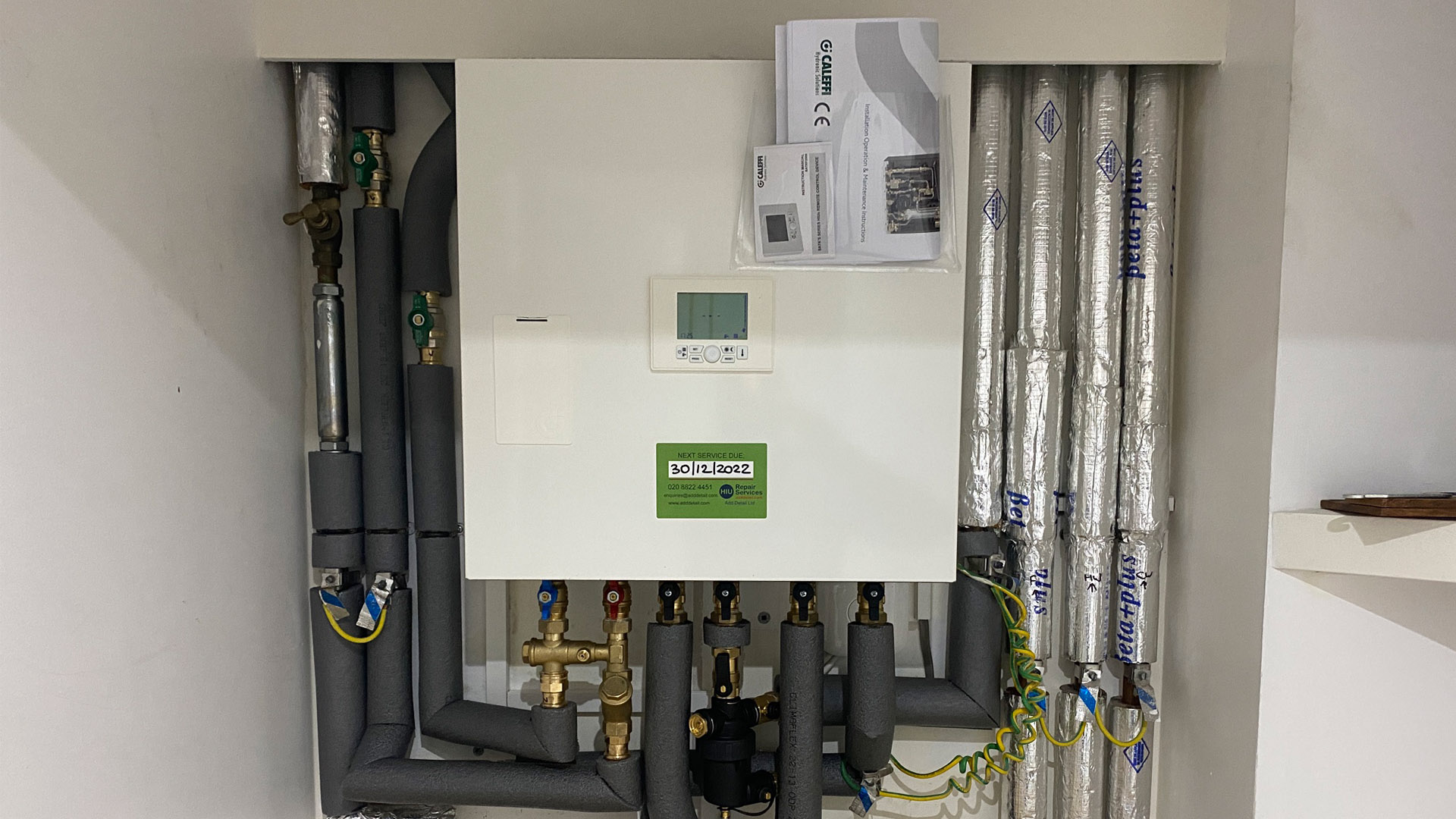
Is a HIU Gas or Electric?
A HIU (Heat Interface Unit) is neither gas nor electric in the traditional sense. It doesn’t generate heat on its own. Instead, it works by transferring heat from a central or communal source into your home’s heating and hot water systems.
Most HIUs are installed in apartment buildings or developments that share a communal boiler or energy centre. This central plant produces hot water, which is then distributed to each property through a network of pipes. The HIU in each home takes that hot water and passes it through heat exchangers, providing space heating and hot water when you need it.
Although the HIU itself doesn’t burn gas, it may use a small amount of electricity to power control systems, sensors or circulation pumps. This is typically minimal, much less than an electric water heater or boiler would use.
To find out more about HIU’s and how they work you can read our other post on what is a Heat Interface Unit.
Why HIUs Aren’t Classed as Gas or Electric Units
- No gas supply required – The HIU doesn’t have a burner or flue; it only receives pre-heated water.
- Low electrical use – Electricity is only needed for operational components, not for generating heat.
- Central heat source – All the main heating energy comes from a shared boiler plant or energy network.
In other words, your HIU is part of a larger communal system, designed to deliver efficient, centralised heating to multiple homes while still giving you individual temperature control.
So while your HIU may have a small electrical connection, it isn’t a “gas” or “electric” appliance. It’s a smart heat transfer unit that bridges your home and the building’s main energy system.
08/10/2025
All HIU services HERE.






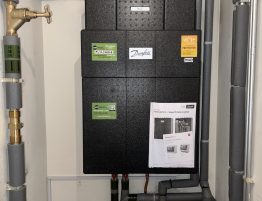

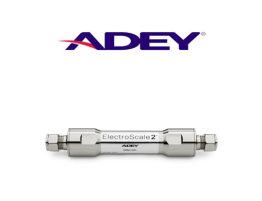

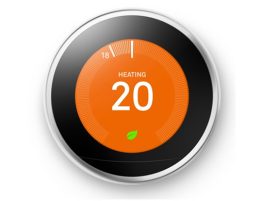
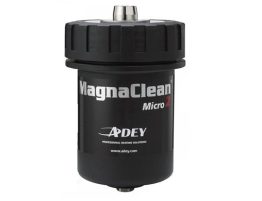

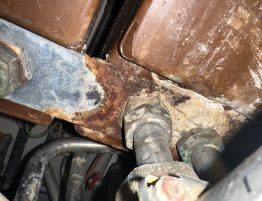
Write a comment: